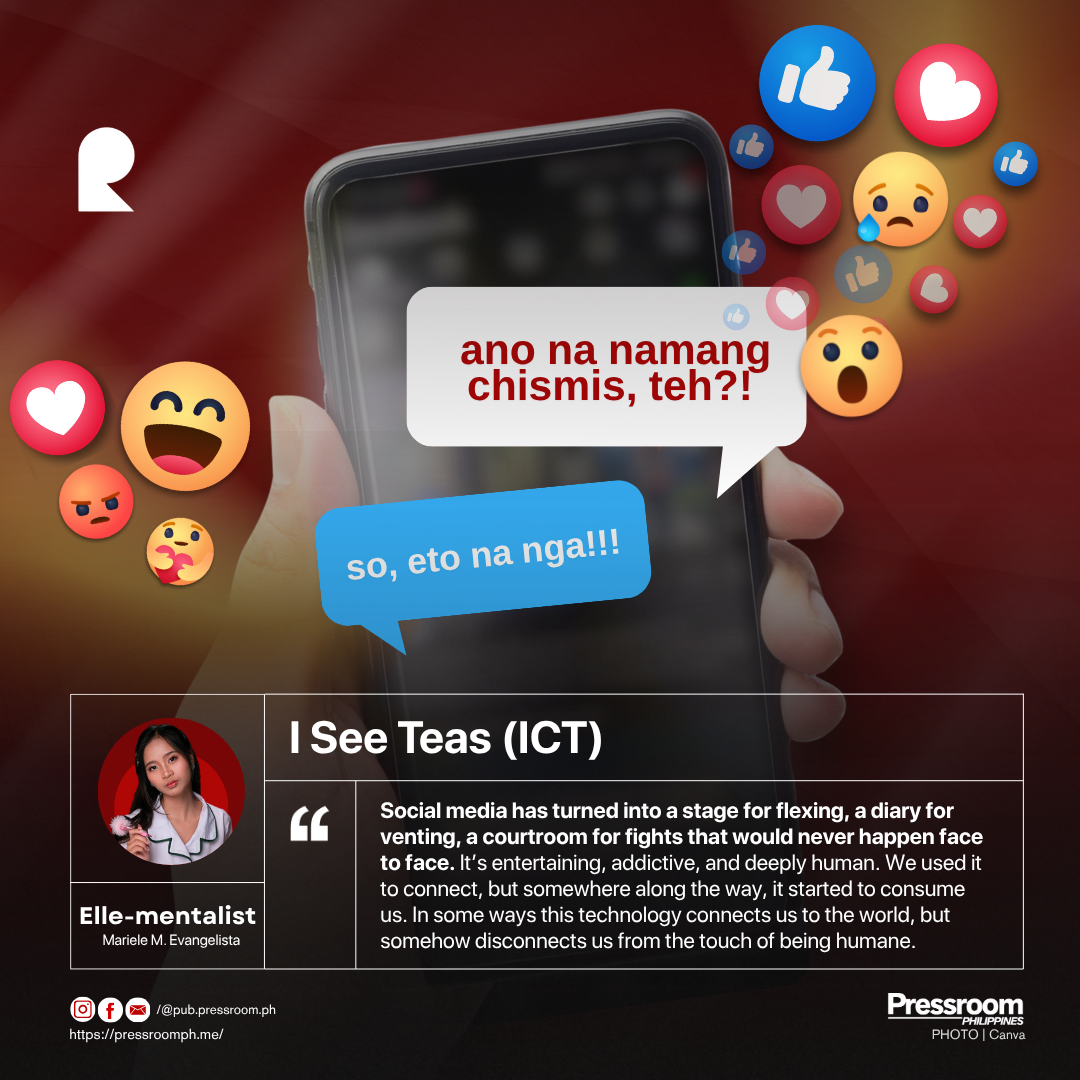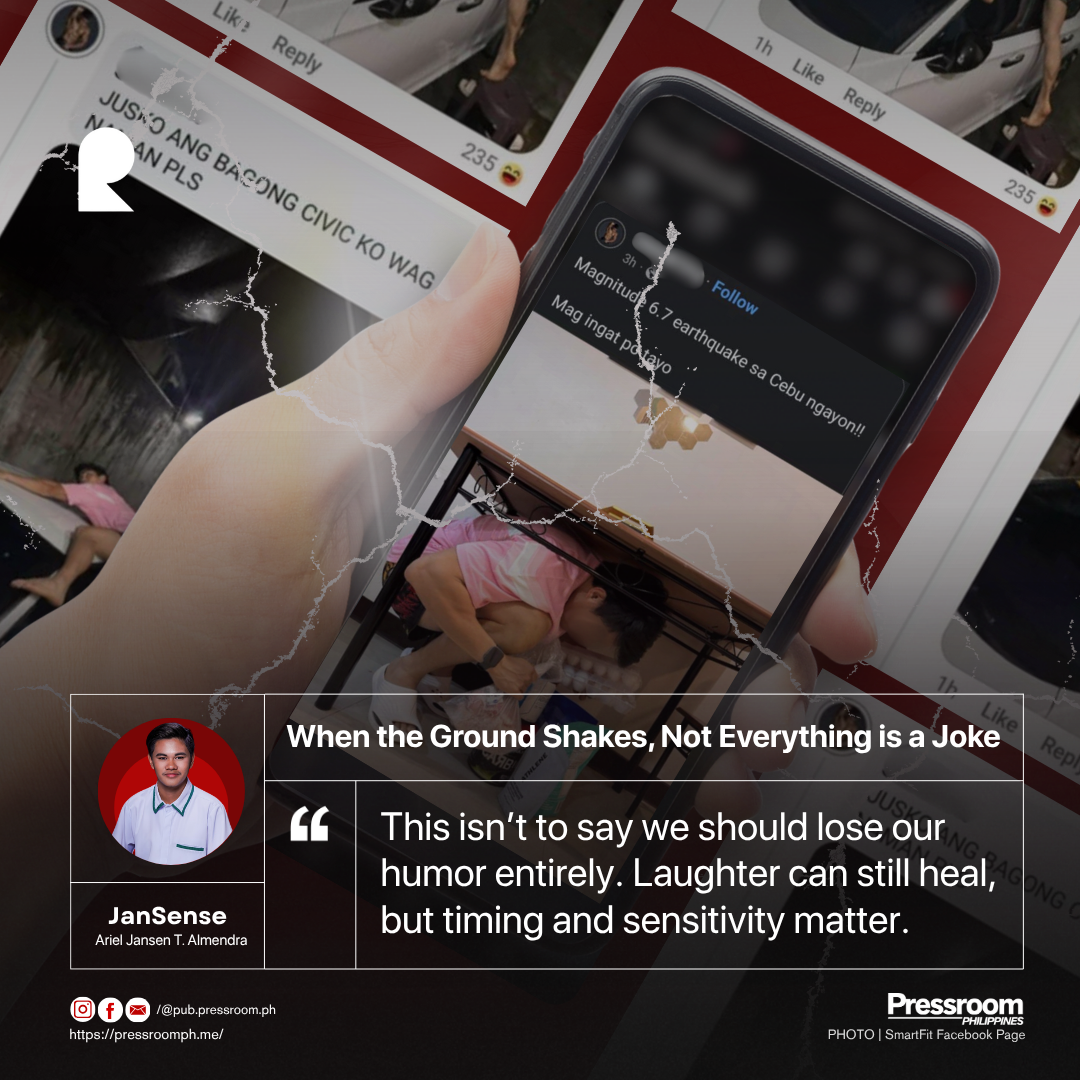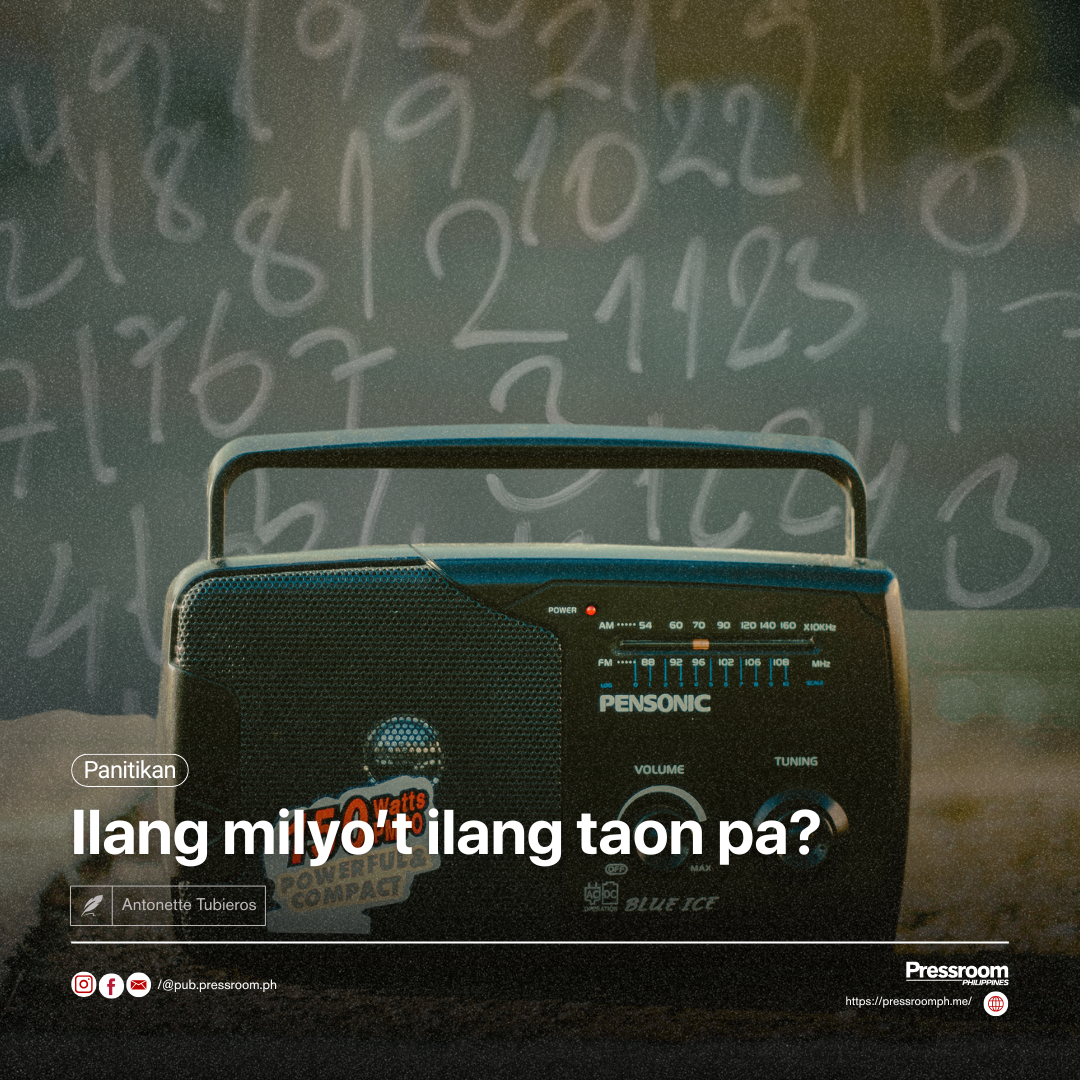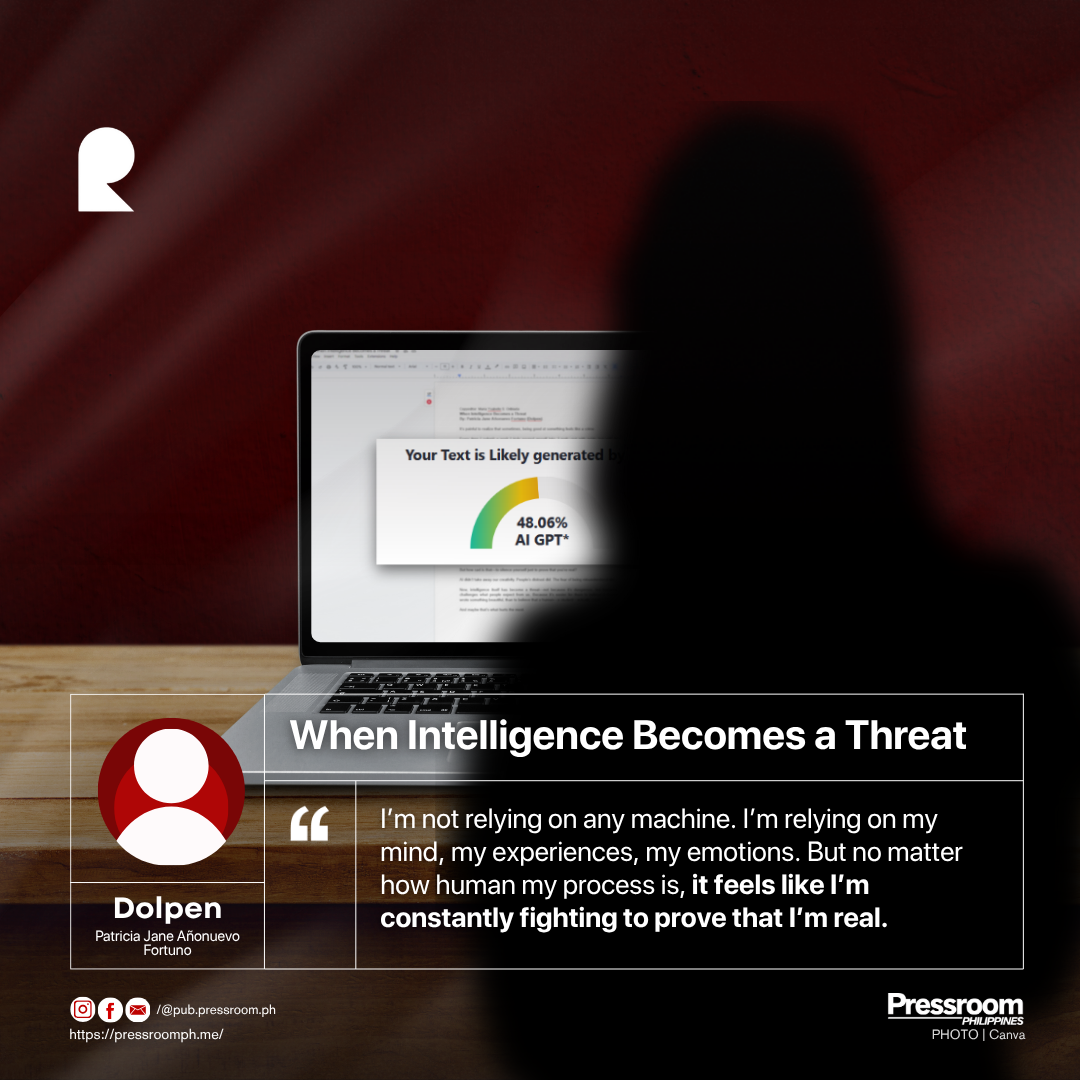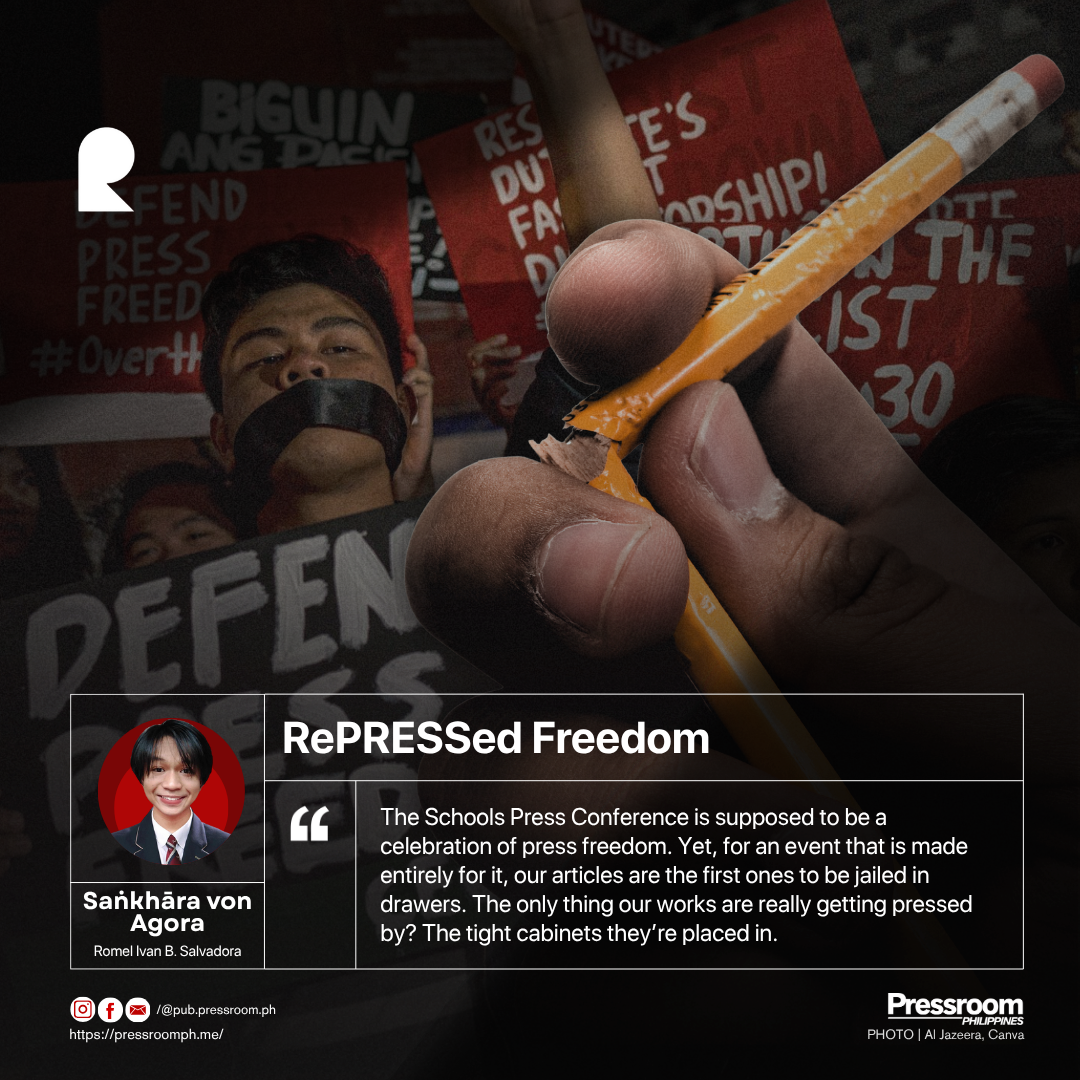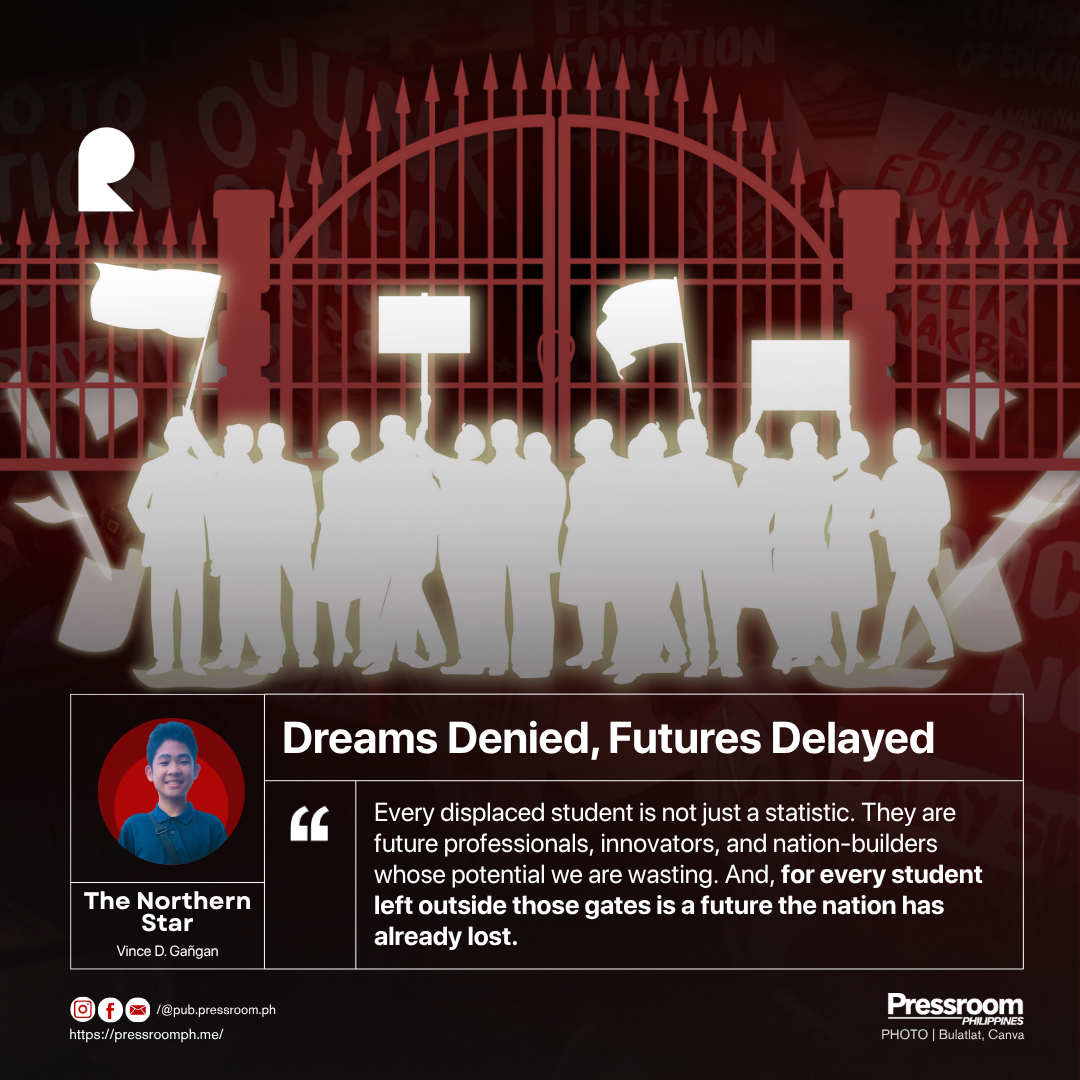via Mariele M. Evangelista
Social media is life. Technology is life. Everyone loves a little bit of tea. We scroll, we peek, we sip the latest gossip like it’s our morning coffee. The tea gets served, and we sip it without realizing we’re feeding a cycle of exposure.
But what happens when the “exposure” being spilled is about you? When your own data becomes the next trending topic without your consent?
Just recently, reports resurfaced about phones being hacked after connecting to public Wi-Fi. The same thing happened in 2023, and now it’s making rounds again on TikTok. It’s giving déjà vu, except this time, it’s scarier because it keeps repeating. Having your phone controlled by a stranger online is like being robbed, but the thief doesn’t take your bag; they take you.
Ironically, we’re taught to be smart online, to never click suspicious links or trust random profiles. Yet some still fall for the “hello pretty” message or the too-good-to-be-true raffle link. We know the do’s and don’ts—but in practice, many still scroll carelessly. Curiosity is louder than caution.Why? Because convenience is tempting (there is convenience in knowing), and awareness fades when comfort sets in.
In our recent film viewing of Click, Like, and Share, the story tackled mental health, HIV awareness, and cyberbullying. I was struck most by the cyberbullying part and how the media becomes a weapon to expose others’ insecurities. It’s “cringe” and cliché, but undeniably repeating. One post, one screenshot, one “harmless” joke and suddenly, someone’s insecurity becomes public content.
Social media has turned into a stage for flexing, a diary for venting, a courtroom for fights that would never happen face to face. It’s entertaining, addictive, and deeply human. We used it to connect, but somewhere along the way, it started to consume us. In some ways this technology connects us to the world, but somehow disconnects us from the touch of being humane.
I See Teas. Because I do see the teas—the posts, the threads, the digital drama—but I also see the truth. Every message, every like, every “share” runs through it. It’s powerful, yes, but it’s also dangerous when we forget to handle it with care.
And lately, technology has become even trickier. What used to protect us can now betray us. Some antivirus programs; the ones meant to keep us safe have been exposed as data harvesters or even backdoors for hackers. We talk about “digital etiquette” like it’s just about being polite online. But it’s more than that…it’s survival. Behind every post is a person. Behind every “I see the tea” is someone being watched. Behind every new tech update is a new potential risk. The danger doesn’t vanish with innovation. It evolves with it and we must too.
And let’s not forget the new player in the mix… Artificial Intelligence. AI can now write essays, create images with terrifyingly amazing results, and mimic voices. Frankly speaking, I’ve used it to make my studies easier. With just the correct prompt, you can control it however you want. It’s also scary how fast it’s growing. It learns from us, about us, and sometimes even for us. So the question is: who’s really in control?
That’s why I believe AI and its mechanisms should be taught more seriously in subjects like MIL or ICT. Not just how to use it, but how to handle it. In one of our GSTS debates, we even discussed banning facial recognition because of how AI can copy, hack, and manipulate human identity. That’s not science fiction anymore—it's modern tea.
So here’s the final sip: we all “see teas” every day, whether it’s drama, data, or digital updates. But seeing is not enough. We have to understand what we’re seeing, question what we’re sharing, and protect what’s ours.
Because in this generation, the biggest spill isn’t about who said what… it’s about who clicked what.
